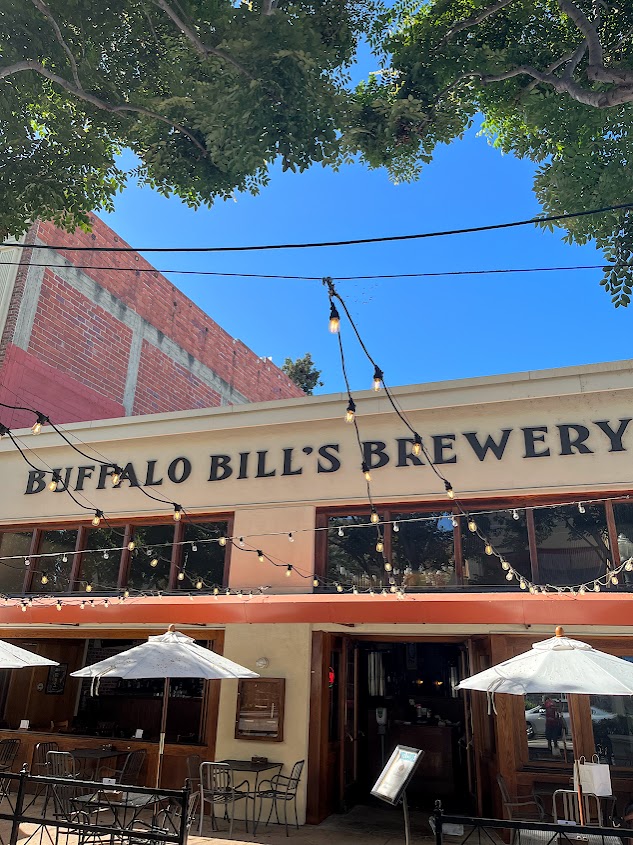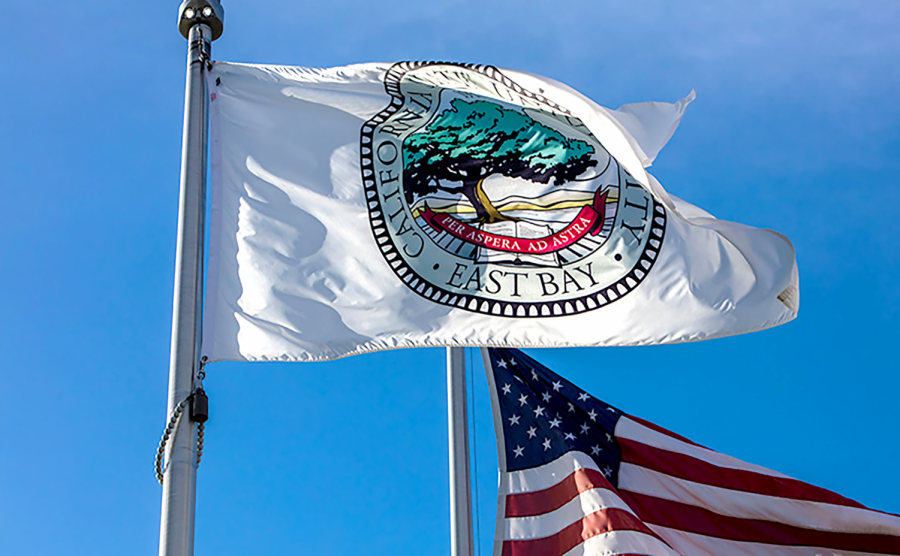
forms.
Mimicking the surrounding aquatic flora, foot-long San Francisco Bay pipefish sway back and forth with the ebb and flow of the bay’s current.
A small, lesser known cousin of the seahorse, the Bay pipefish represents a unique aquatic life form.
Several Bay Area residents and avid environmentalists expressed interest in the creature and the eelgrass they call home.
“It’s fascinating to be able to see such a unique creature up close,” said Susan Clint, onlooker at the Crab Cove Visitor Center in Alameda.
Lying in beds of eelgrass, or Zostera, the pipefishes’ entire identity is dependent upon this single type of habitat.
Eelgrass plays a major role in the health and diversity of the San Francisco Bay by providing shelter for many types of fish and crustaceans. Zostera, which is neither a grass nor seaweed is actually a flowering plant, otherwise known as an angiosperm.
“This one flowering plant is extremely important to the bay,” said student aide Shirley Knight.
The eelgrass provides San Francisco Bay mud with much needed stabilization and erosion prevention in certain areas. It also acts as a nursery for smaller species of fish such as Dwarf surfperches and other fish.
“The plant is so important they are trying to replant beds of it throughout the bay to help prevent flooding, and provide habitat,” said Knight.
For the pipefish, the eelgrass provides a safe haven for the male species to raise their young. Just like seahorses, the males are destined to rear and take care of the young.
Mimicking the long bladed fronds of the grass, they blend in with their narrow greenish-yellow bodies.
While eelgrass isn’t necessarily eaten by any animals, it provides plenty of food for the surrounding ecosystem. It does this by slowing down the flow of water in the areas in which the bed lays.
The slower water then deposits whatever was floating in the current such as detritus and decaying plant matter. Animals then feed upon the food that has drifted and settled to the bottom.
“We get pieces of eelgrass washing up on the beach with sea squirts and sponges attached to them,” said Knight. “People always wonder what the orange substance was on the grass, and it’s a type of sponge.”
There is a major effort to find an effective way to propagate and re-plant areas that have lost their beds of eelgrass.
So far there has been little success in restoring this important plant. Dredging, shoreline construction, pollution, oils spills and logging can affect the plants well-being, mostly due to the light being blocked out by heavy sediments.












